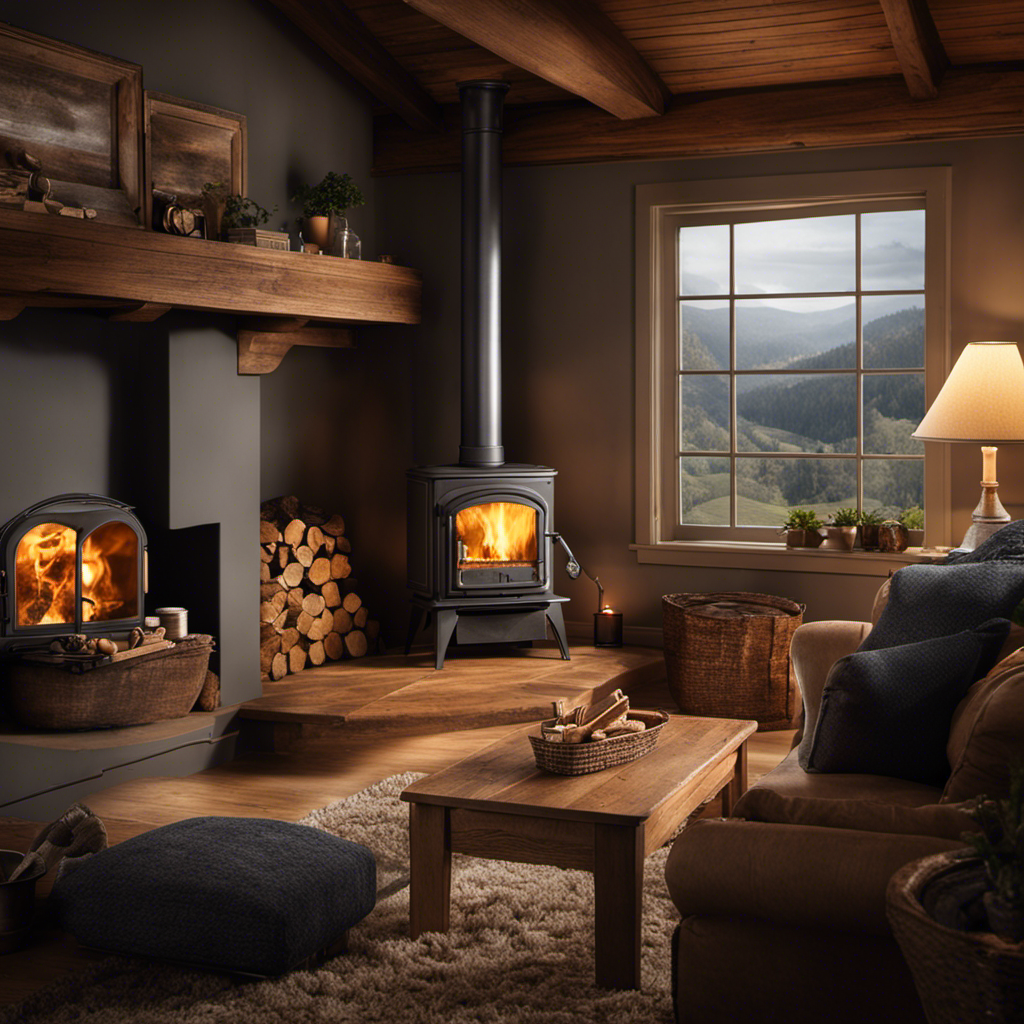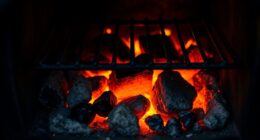I am always drawn to the cozy and welcoming atmosphere that a wood stove creates in a living space. However, when it comes to figuring out the BTU rating, selecting the right model can be a bit daunting.
Don’t worry, though—I’ve got you covered. In this article, I’ll break down how to read the BTU rating on a wood stove, so you can make an informed decision and keep your space cozy all winter long.
Let’s dive in!
Key Takeaways
- BTU rating indicates the heating capacity and efficiency of a wood stove.
- It is important to choose a wood stove with a BTU rating appropriate for the space being heated.
- Higher BTU efficiency can lead to lower energy costs.
- Factors such as insulation level, type of fuel, system efficiency, and maintenance can affect the BTU output and overall efficiency of a wood stove.
Understanding BTU: What Does It Mean
I’m learning about the meaning of BTU and its importance in understanding heating systems.
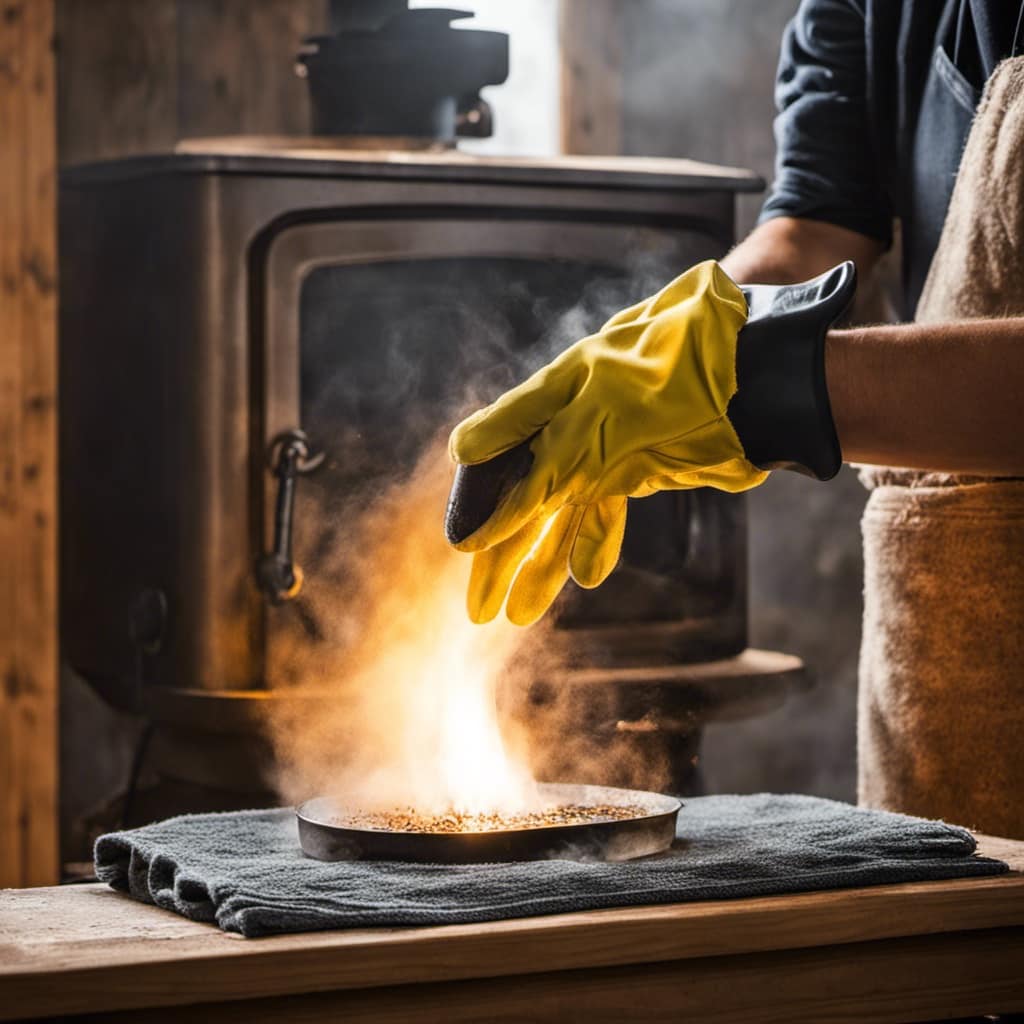
BTU stands for British Thermal Unit, and it’s a unit of measurement used to quantify the amount of heat energy needed to raise the temperature of one pound of water by one degree Fahrenheit.
When it comes to heating systems, calculating BTU requirements is essential to ensure that the system can effectively heat a space. By determining the specific BTU requirements, you can choose the right heating system for your needs and avoid under or over-sizing.
Moreover, maximizing BTU efficiency is crucial to ensure that you’re getting the most out of your heating system while minimizing energy waste. Understanding the BTU rating is the first step in achieving this.
Now, let’s move on to decoding the BTU rating: breaking down the numbers.
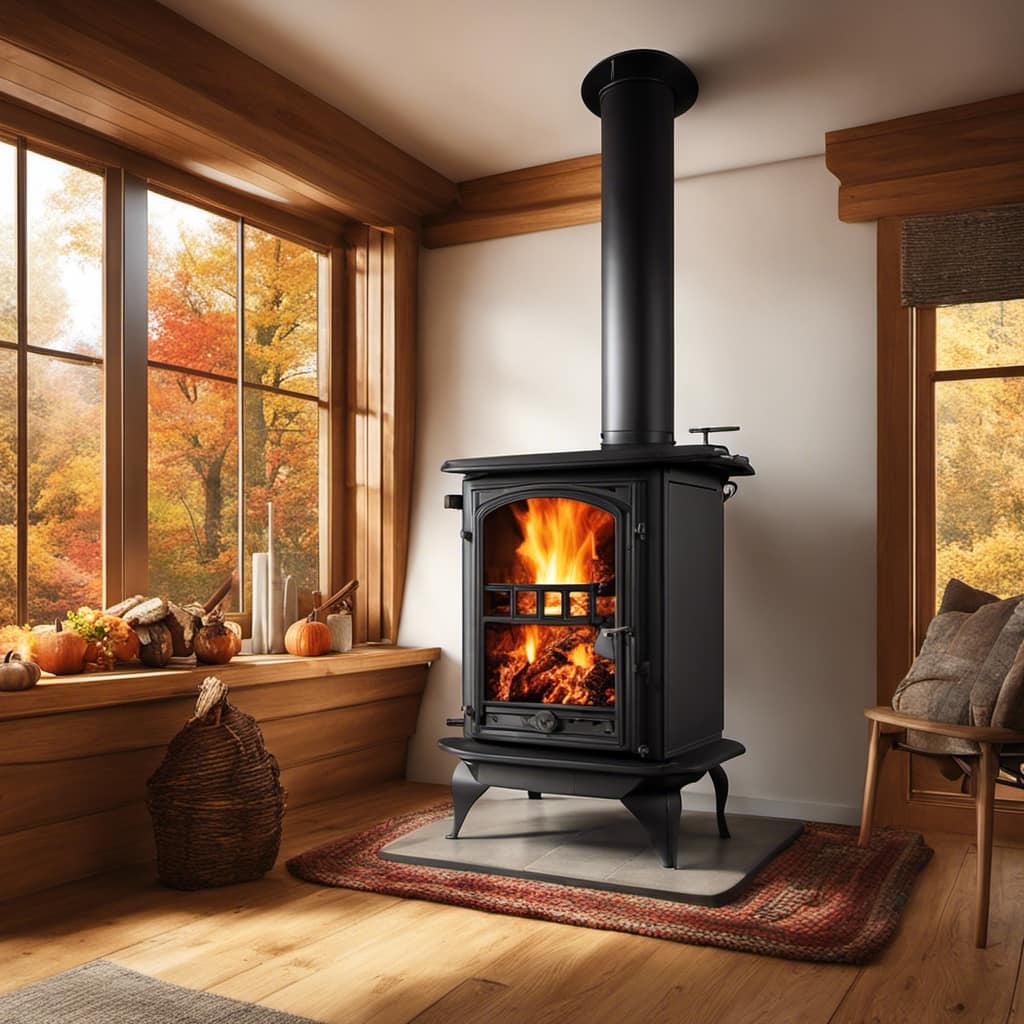
Decoding the BTU Rating: Breaking Down the Numbers
The BTU rating provides a clear indication of the heating capacity and efficiency of a system. When it comes to calculating BTU output, it’s important to consider factors such as the size of the space being heated, the insulation of the area, and the desired temperature increase.
Interpreting BTU efficiency is equally important, as it determines how effectively a system converts fuel or energy into heat. Here are three key points to keep in mind:
Size matters: A system with a higher BTU rating will generally have a greater heating capacity, but it’s important to choose one that’s appropriate for the size of the space being heated.
Efficiency matters: A system with a higher BTU efficiency will use less fuel or energy to generate the same amount of heat, resulting in lower energy costs and reduced environmental impact.
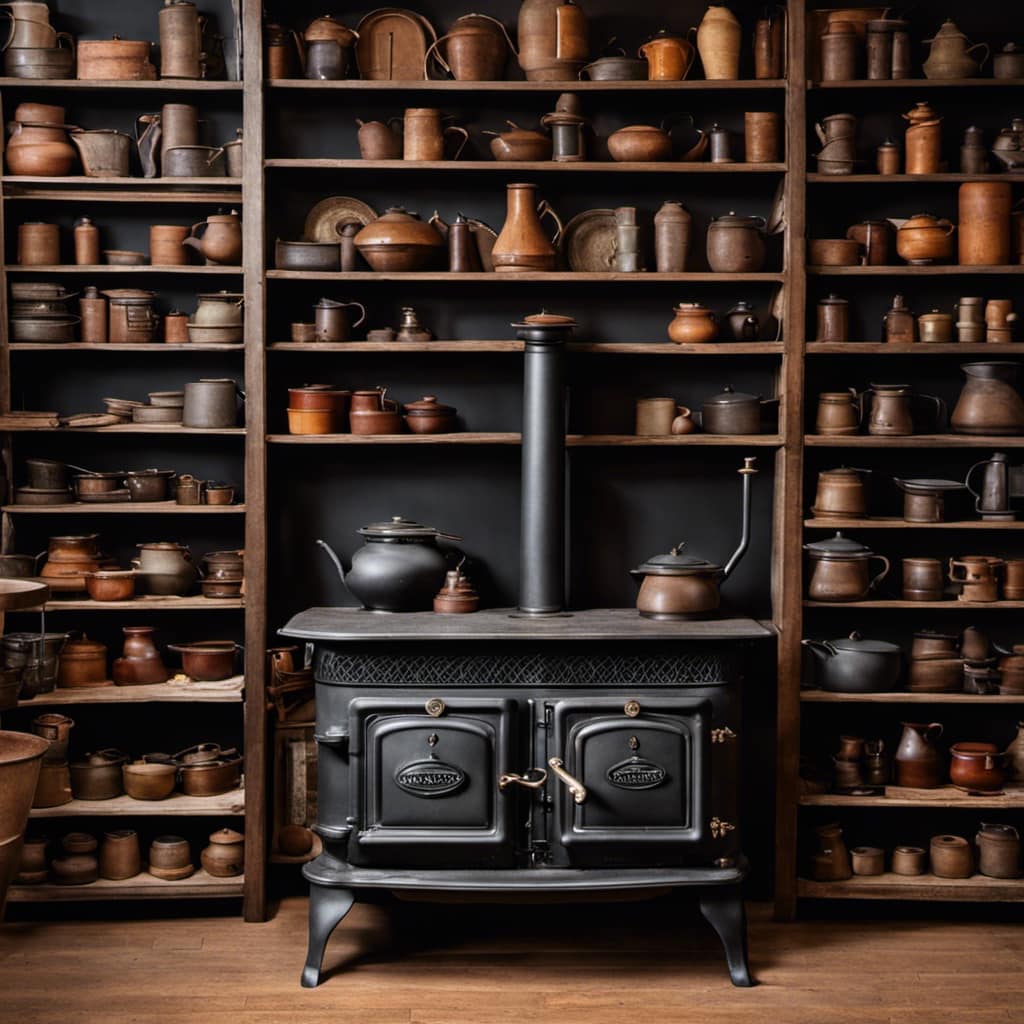
Consider other factors: While the BTU rating is an important factor, it shouldn’t be the sole determining factor when choosing a heating system. Other factors such as the type of fuel, maintenance requirements, and overall performance should also be considered.
Factors Affecting BTU Output: What You Need to Consider
When considering factors affecting BTU output, it’s important to take into account the size of the space being heated and the insulation level, as these can greatly impact the effectiveness of the heating system.
Factors affecting efficiency include the type of fuel being used, the efficiency rating of the heating system, and the maintenance and condition of the system.
However, the importance of insulation can’t be overstated. Insulation helps to minimize heat loss and maximize the heat retained in the space. Without proper insulation, a significant amount of heat can escape, leading to decreased efficiency and higher energy costs.
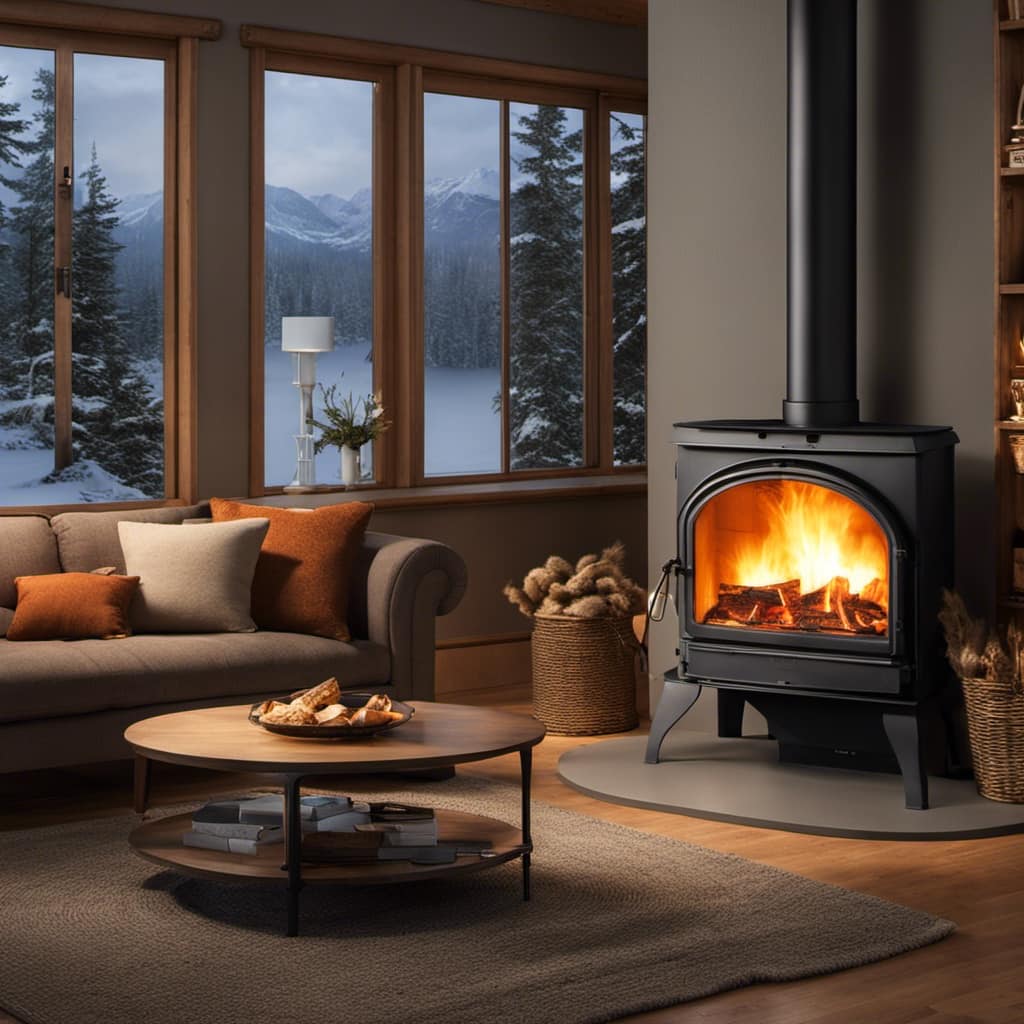
It’s crucial to ensure that the space is properly insulated to optimize the BTU output of the heating system. By considering the size of the space and the insulation level, one can enhance the efficiency and effectiveness of their heating system.
Finding the Right BTU Rating for Your Space: Sizing Your Wood Stove
I’ve found that determining the right BTU rating for your space can be a challenge, but it’s crucial to ensure that your wood stove is properly sized for optimal heating efficiency. Sizing considerations and calculating heat needs are essential factors to consider when choosing the right BTU rating for your wood stove.
Here are some important points to keep in mind:
- Consider the size of your space: Larger rooms require higher BTU ratings to adequately heat the area.
- Insulation and climate: If your space is well-insulated or located in a warmer climate, you may need a lower BTU rating.
- Heat loss: Take into account factors such as windows, doors, and drafty areas that may cause heat loss and require a higher BTU rating.
Comparing BTU Ratings: Making an Informed Decision
To accurately compare BTU ratings and make an informed decision, I need to consider factors such as the size of my space, insulation, and potential heat loss.
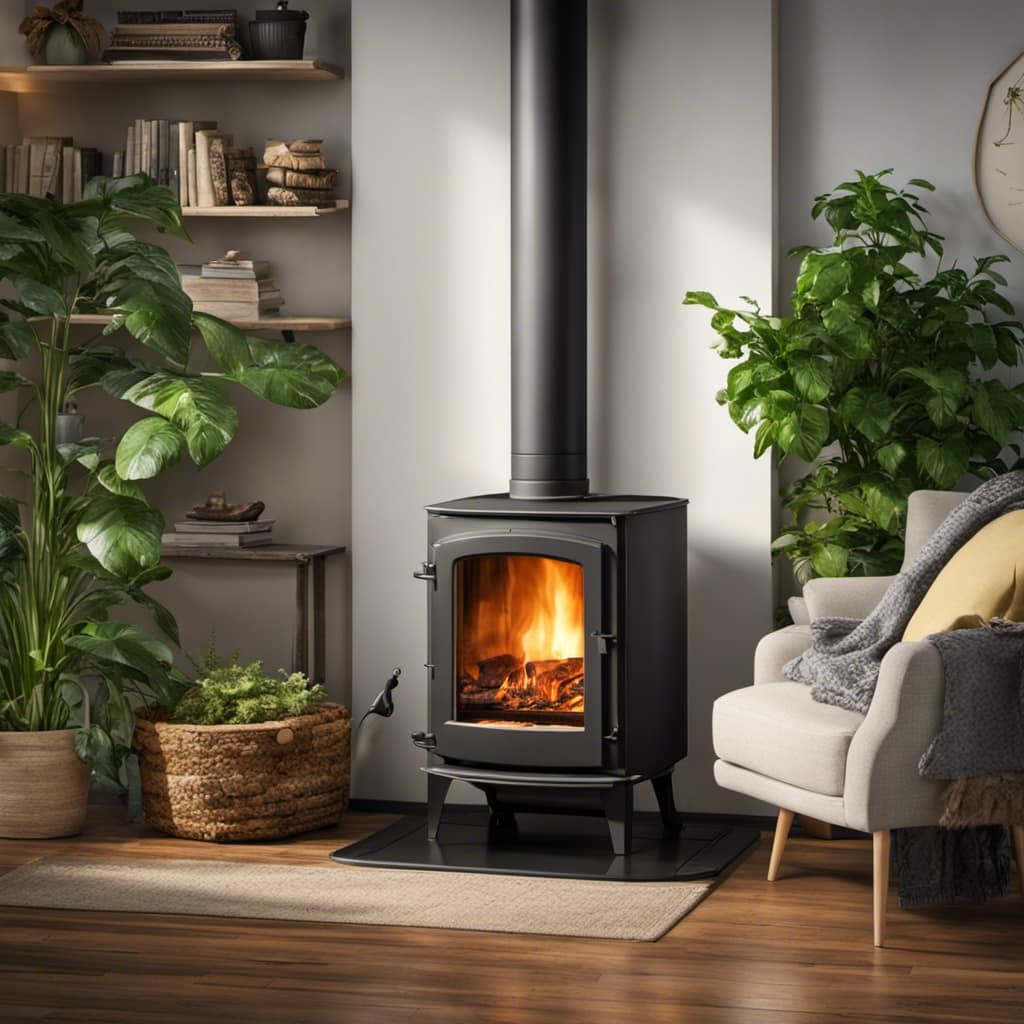
Making a BTU rating comparison is crucial when choosing the right BTU output for my needs. The BTU rating indicates the amount of heat a stove can produce. It’s important to ensure that the BTU output matches the requirements of my space.
If the BTU output is too low, it may not effectively heat the area. On the other hand, if the BTU output is too high, it can lead to overheating and increased energy consumption.
Frequently Asked Questions
Can I Use a Wood Stove With a Higher BTU Rating in a Smaller Room?
Yes, you can use a wood stove with a higher BTU rating in a smaller room, but it’s important to consider wood stove efficiency and choose the right size stove for optimal heating and safety.
What Is the Impact of Altitude on the BTU Output of a Wood Stove?
At higher altitudes, the impact on wood stove efficiency is significant due to the thinner air. Factors like oxygen levels and combustion can be affected, resulting in a lower BTU output.
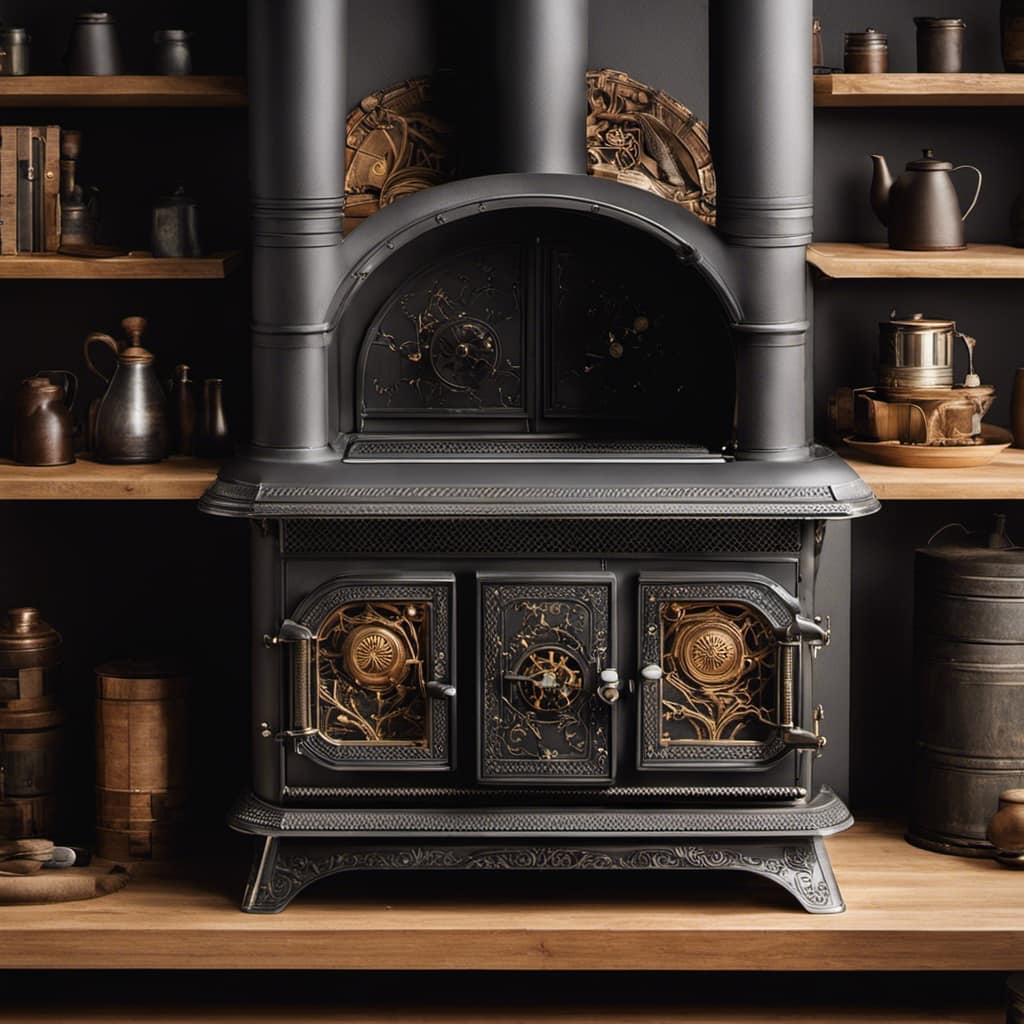
How Do I Calculate the BTU Rating Needed for Heating an Insulated Vs. Uninsulated Space?
To calculate the BTU rating needed for heating an insulated vs. uninsulated space, consider the size of the area, insulation effectiveness, and desired temperature. Insulation reduces heat loss, so an insulated space may require a lower BTU rating compared to an uninsulated one.
Can I Increase the BTU Output of My Wood Stove by Using Certain Types of Wood?
To increase the BTU output of my wood stove, I can use certain types of wood. Different types of wood have different energy content, and choosing ones with higher BTU values can help generate more heat.
Is It Possible to Convert the BTU Rating of a Wood Stove to a Different Unit of Measurement?
Converting the BTU rating of a wood stove to a different unit of measurement is not possible. However, calculating the BTU needed for different spaces is crucial to ensure proper heating.
Does the BTU rating of a wood stove affect its EPA test output?
Yes, the BTU rating of a wood stove does affect its EPA wood stove output test. The BTU rating measures the heat output, which directly impacts the stove’s performance in the EPA test. A higher BTU rating typically results in a higher EPA wood stove output test efficiency.
Conclusion
In conclusion, understanding the BTU rating on a wood stove is crucial when selecting the right one for your space.
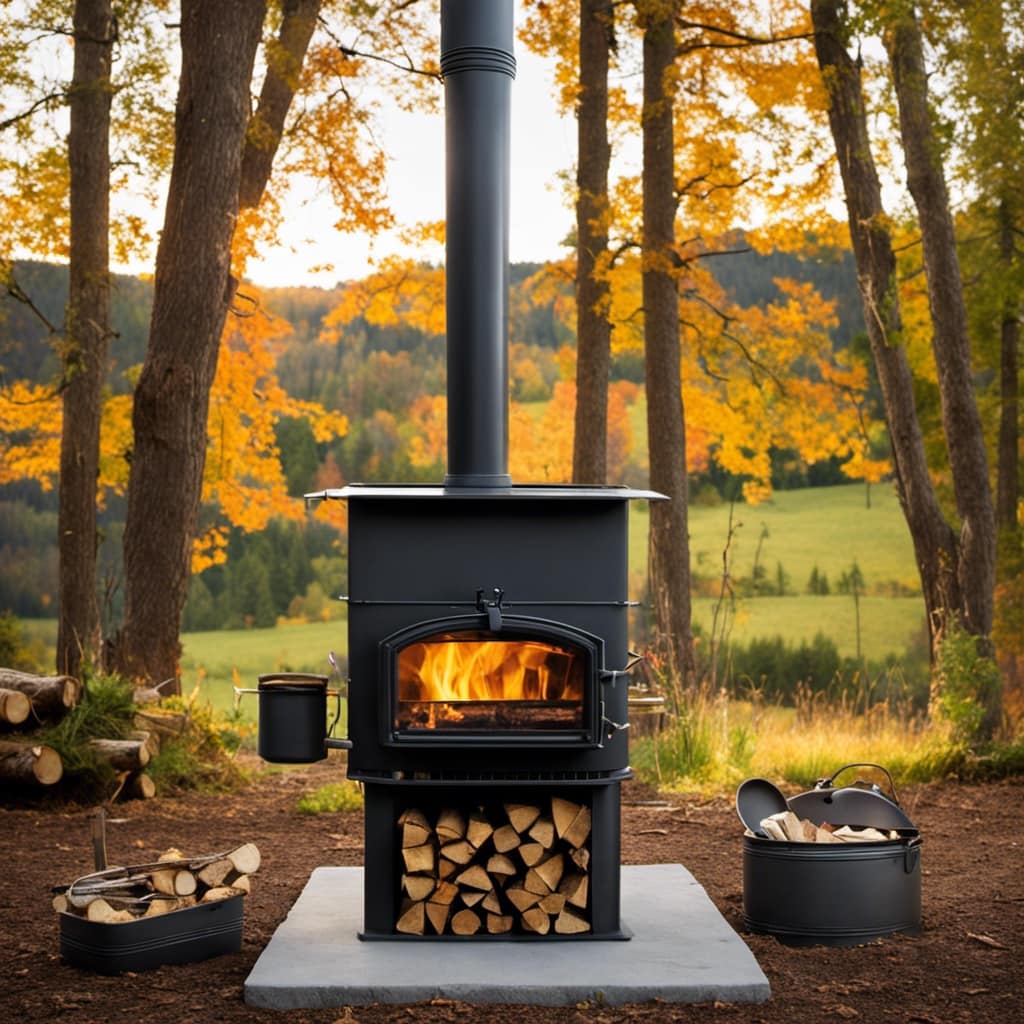
One interesting statistic to consider is that a small wood stove typically has a BTU rating of around 30,000, while a larger stove can reach up to 100,000 BTUs.
This visual representation highlights the significant difference in heating power and emphasizes the importance of accurately sizing your wood stove to ensure optimal heat output for your needs.
Growing up surrounded by the vast beauty of nature, Sierra was always drawn to the call of the wild. While others sought the comfort of the familiar, she ventured out, embracing the unpredictable and finding stories in the heartbeat of nature.
At the epicenter of every remarkable venture lies a dynamic team—a fusion of diverse talents, visions, and passions. The essence of Best Small Wood Stoves is crafted and refined by such a trio: Sierra, Logan, and Terra. Their collective expertise has transformed the platform into a leading authority on small wood stoves, radiating warmth and knowledge in equal measure.







